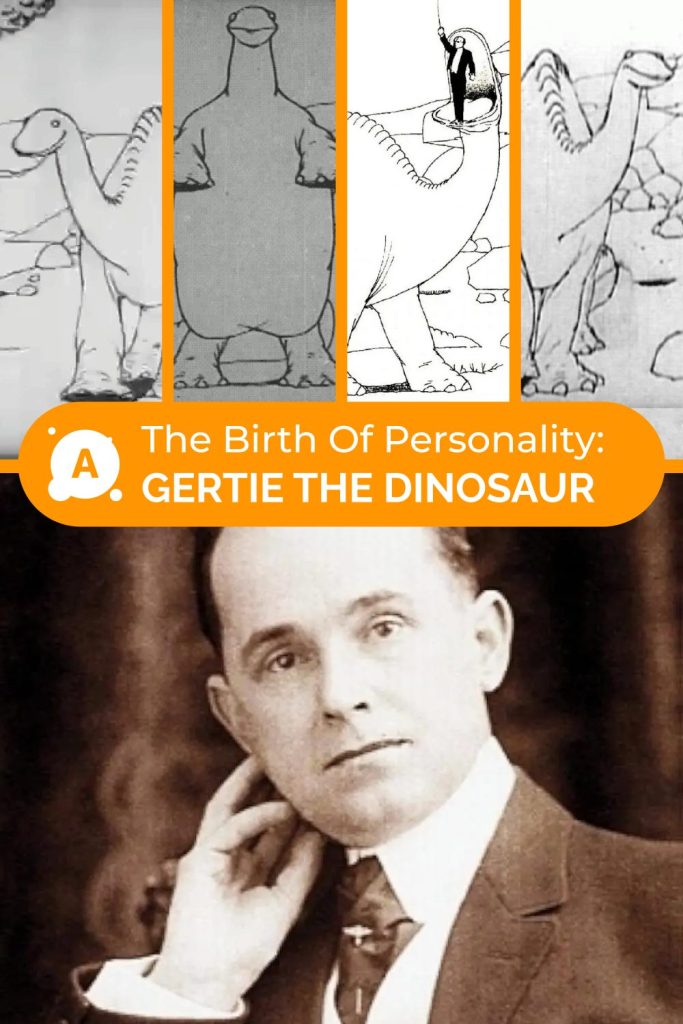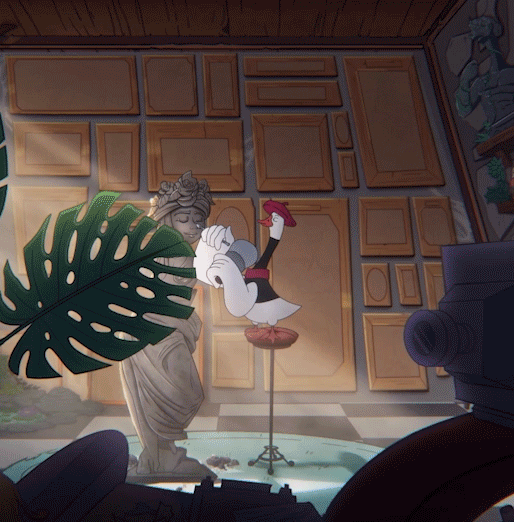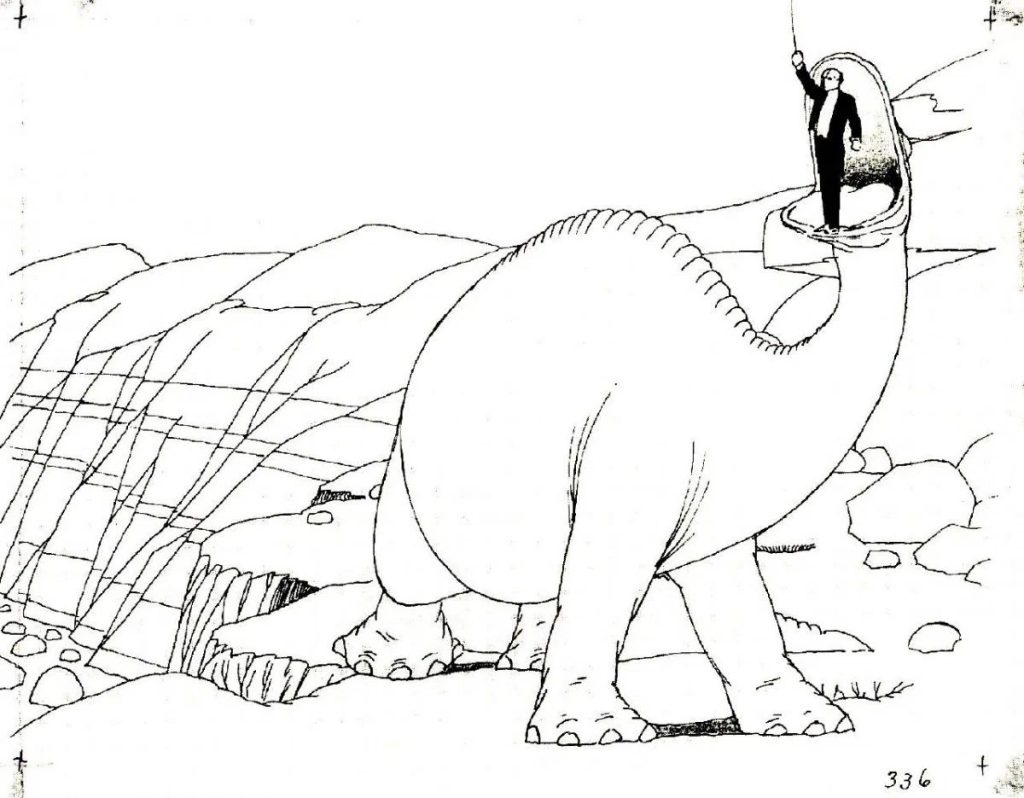
At the dawn of the 20th century, animation was still in its infancy. Early animated films were more about spectacle than storytelling – simple motion tricks that amazed audiences but rarely left a lasting emotional impact. That changed in 1914 when Winsor McCay introduced Gertie the Dinosaur. This wasn’t just another animated short; it was a turning point.
For the first time, an animated character had personality – playful, stubborn, responsive – and audiences didn’t just watch Gertie; they connected with her. McCay’s creation laid the groundwork for what would become one of animation’s most powerful tools: character-driven storytelling.
Become a groundbreaking creator in animation by joining the <<Short Film Creation>> Course.
Who Was Winsor McCay?
Winsor McCay (c. 1866–1934) was already a celebrated artist and cartoonist long before he ventured into animation. Best known for his lavish comic strip Little Nemo in Slumberland, McCay had a reputation for intricate drawings and a boundless imagination. His fascination with movement and transformation naturally led him toward animation, a new medium that offered him the chance to bring his drawings to life – literally.
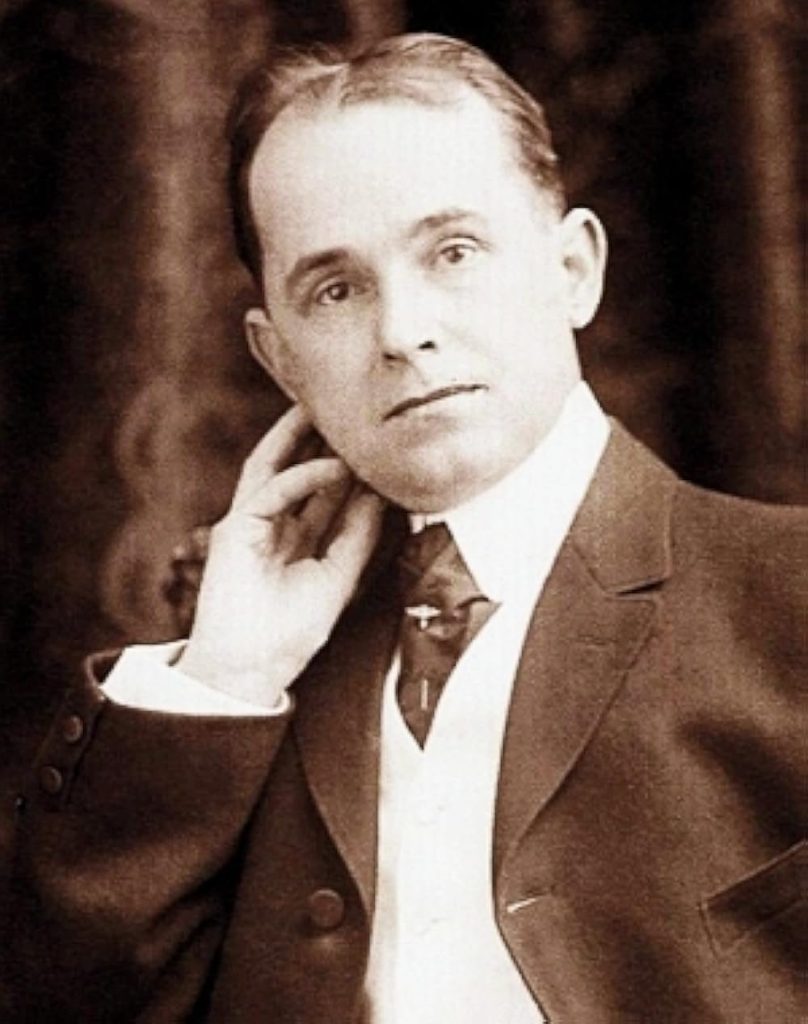
But while many early animators treated motion as the main attraction, McCay saw animation as a way to express emotion, gesture, and character. That vision would culminate in his most famous work: Gertie.
How Gertie Was Created
Gertie the Dinosaur began as part of a vaudeville performance. McCay stood on stage, interacting with the animated dinosaur as she performed tricks, reacted to commands, and displayed moods. To pull this off, McCay had to hand-draw more than 10,000 frames. Every movement, from the sway of Gertie’s tail to the blink of her eyes, was meticulously crafted.
But McCay wasn’t just animating motion – he was animating personality. Gertie didn’t simply follow instructions. She played around, showed off, refused to obey, and even responded emotionally to McCay’s on-stage prompts. For the audience, it was as if a real creature was alive on screen.
Technical Breakthroughs
Gertie wasn’t just groundbreaking in concept – it was revolutionary in technique. McCay pioneered methods that would become standard in animation for decades. He used keyframe animation, drawing the major poses first and then filling in the in-betweens to create smoother motion. To keep everything aligned across thousands of drawings, he introduced registration marks, ensuring consistency and continuity between frames.
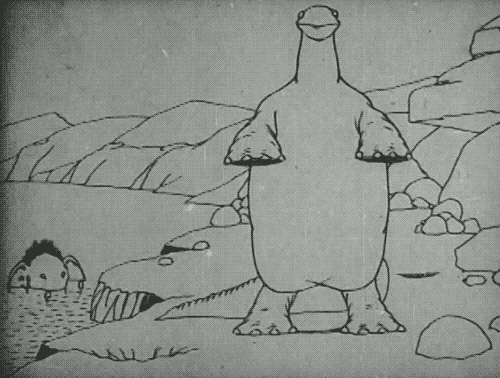
He also made clever use of animation loops to save time on repetitive actions, like Gertie breathing or walking. These methods weren’t widely known at the time, making McCay not just a storyteller, but a technical innovator.
Understand the principles of animation that Gertie pioneered.
What Made Gertie Different
What truly set Gertie apart was her personality. Before her, animated figures were flat – literally and emotionally. They moved, but they didn’t act. Gertie changed that. She was curious, mischievous, shy, proud, even moody. She reacted to her environment and to McCay with expressions and body language that felt strikingly real. She wasn’t just doing tricks – she was being herself.
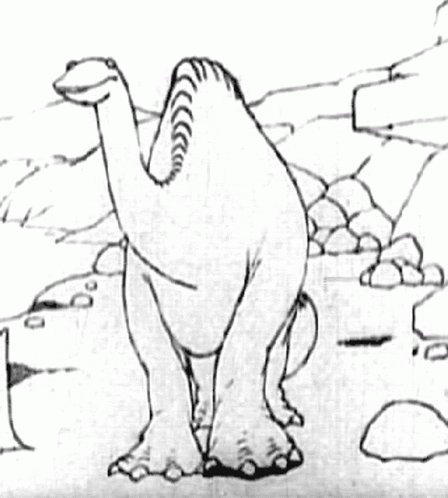
That emotional depth was something entirely new. For the first time, viewers weren’t just entertained by an animation; they felt something for the character. Gertie was more than a drawing – she had presence.
A Lasting Influence on Animation
The influence of Gertie the Dinosaur was enormous. Winsor McCay showed that animated characters could be more than moving images – they could evoke empathy, tell stories, and hold an audience’s attention just like live actors. His work deeply influenced future animators, including Walt Disney, who credited McCay as a foundational inspiration. Disney and others would take the idea of personality animation and build entire studios around it, developing characters that could laugh, cry, struggle, and grow. But the spark began with Gertie.
Learn The History of Classic Disney Character Design
Gertie’s Legacy
More than a century later, Gertie the Dinosaur is still remembered as a milestone in animation history. In 1991, the film was added to the U.S. National Film Registry for its cultural, historical, and aesthetic significance. It’s now studied in animation programs around the world as a case study in both technique and character design. McCay’s drawings might be simple by today’s standards, but the emotional core of Gertie’s performance still resonates. She was the first animated character with soul – and that makes her timeless.
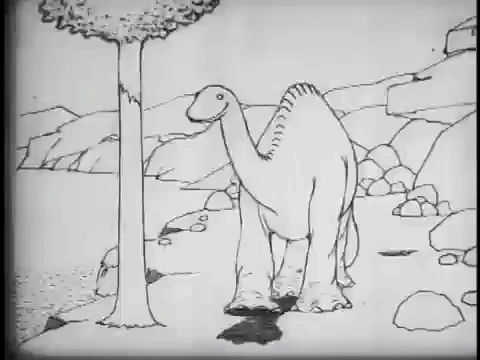
Conclusion
With Gertie the Dinosaur, Winsor McCay didn’t just draw a dinosaur – he created a character audiences could relate to. Through his artistic vision and technical brilliance, he brought the idea of emotional animation to life. Gertie wasn’t just a moment in film history; she was the beginning of something bigger: a world where drawings could feel, think, and connect with us. And that’s the heart of animation.
Build your fundamentals like Winsor McCay build the foundation of animation by joining the <<Basics in Traditional 2D Animation>> course.
